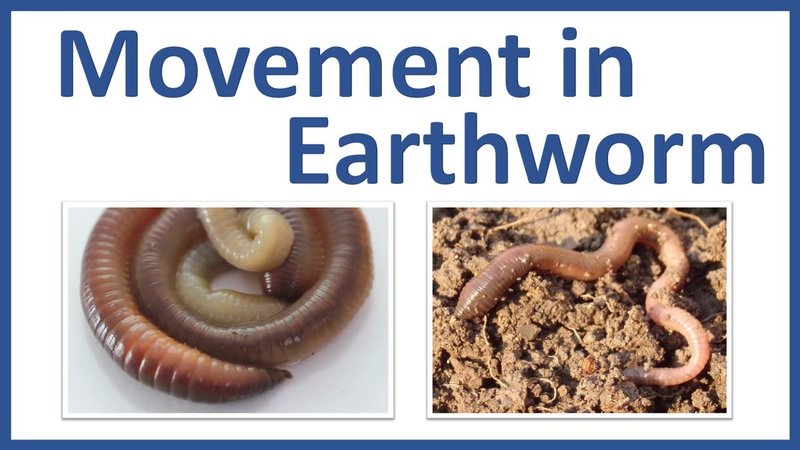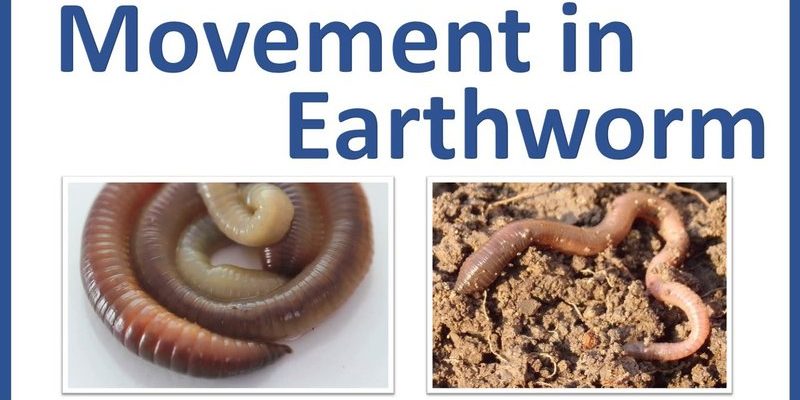
Earthworms are more than just soil-dwelling critters; they play a vital role in our ecosystem. They aerate soil, decompose organic matter, and enhance nutrient cycling, making them indispensable for healthy gardens and farms. But do they really pack their bags and move around when the weather changes? Let’s dig deeper—pun intended—into the relationship between earthworms and the weather.
What Triggers Earthworm Movement?
You might be wondering what makes earthworms decide to move. Well, it turns out several factors influence their migration. The main players are moisture, temperature, and soil conditions. When rain falls, the ground becomes moist, creating an ideal environment for earthworms to surface. Moist soil allows them to move around easily without drying out. After all, earthworms breathe through their skin, and they need moisture to do that.
Temperature is another critical factor. Earthworms thrive in cool, damp conditions. When temperatures soar or dip too low, they may remain in their burrows until conditions improve. So, if you notice them wriggling about after a gentle rain on a mild day, that’s quite normal! They’re simply taking advantage of the perfect weather.
The Impact of Rainfall on Earthworm Behavior
Rainfall is like a signal for earthworms to come out and explore. After a good rain, you might see them on sidewalks, driveways, or even your garden. But why is that? Earthworms often move to the surface during or after rain to escape saturated soil that may become low in oxygen. Just as we may choose a walk during a pleasant, breezy day, earthworms take advantage of the moisture to find new habitats or mate.
This surface migration helps them find food and allows them to spread out in search of better living conditions. Think of it like a neighborhood party where everyone is mingling after a good rain—just looking for a chance to connect and make new friends!
How Temperature Affects Earthworm Migration
As mentioned earlier, temperature plays a big role too. Generally, earthworms prefer temperatures between 50°F and 60°F (10°C to 15°C). If it’s too hot or too cold, they’ll stay put. Extreme heat can lead to dehydration, while freezing temperatures can be deadly.
During spring and fall, when temperatures are just right, earthworms are more likely to venture out. You might even notice more activity during these transitional seasons. It’s like they’re enjoying the seasonal changes just like we do—taking a stroll when the weather’s pleasant.
The Role of Soil Conditions
Soil conditions are just as important as weather when it comes to earthworm movement. Compacted soil or soil that’s heavy with chemicals can be less inviting for earthworms. In contrast, healthy soil with organic matter provides them a rich source of food and a safe environment to thrive.
When soil is too dry, earthworms can’t easily navigate or find food. So, if you’ve got a garden with well-aerated, nutrient-rich soil, it’s more likely to be a worm-friendly area. It’s a bit like creating a welcoming home; if you take care of your soil, those little wigglers will feel right at home and might even bring some friends along.
Why Do Earthworms Migrate?
Aside from seeking better living conditions, earthworms also migrate for mating purposes. During certain times of the year, they come to the surface to find partners. Mating usually happens in moist conditions, which is why you might see more earthworms after a rain when it’s cozy and cool outside.
It’s intriguing, right? These little creatures have their own social lives! They do the worm tango while we’re busy tending to our gardens. So, the next time you see them wriggling in the rain, remember—they’re not just escaping; they’re actively engaging in their earthworm community!
The Benefits of Earthworm Migration
Earthworm migration isn’t just a random occurrence; it’s crucial for our ecosystems. As they move, they aerate the soil and push nutrients up from the deeper layers to the surface. This is particularly helpful in gardens, where healthy soil means better plant growth.
Moreover, their burrowing helps improve water drainage, preventing waterlogging. That way, during a heavy rain, if the soil is packed with earthworms, it can handle the influx of water much better. It’s like having little plumbing experts working underground to keep everything flowing!
How You Can Encourage Earthworm Activity
So, how can you make your garden more earthworm-friendly and attract these beneficial creatures? Here are some tips to consider:
- Maintain Soil Moisture: Keep your garden well-watered, especially during dry spells.
- Add Organic Matter: Compost, leaves, and mulch provide food and habitat.
- Avoid Chemical Pesticides: Chemicals can harm earthworms and disrupt their migration.
- Loosen Compacted Soil: Tilling gently can help create an inviting environment.
By being mindful of these factors, you’ll be creating a welcoming space for earthworms to thrive.
In the end, yes, earthworms do migrate based on the weather, particularly influenced by rainfall, temperature, and soil conditions. They’re not just mindless little creatures; they actively respond to their environment and make choices that benefit their survival and the health of our ecosystems.
So the next time it rains and you see those little squirmy friends on your sidewalk, take a moment to appreciate their journey. They’re not just out for a stroll; they’re on a mission to find better soil, food, and maybe even a date! By embracing their presence, you’re playing a part in fostering a healthier garden and ecosystem. Remember, every little squiggle counts!

